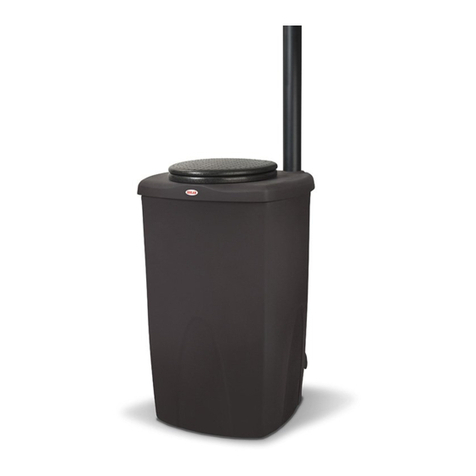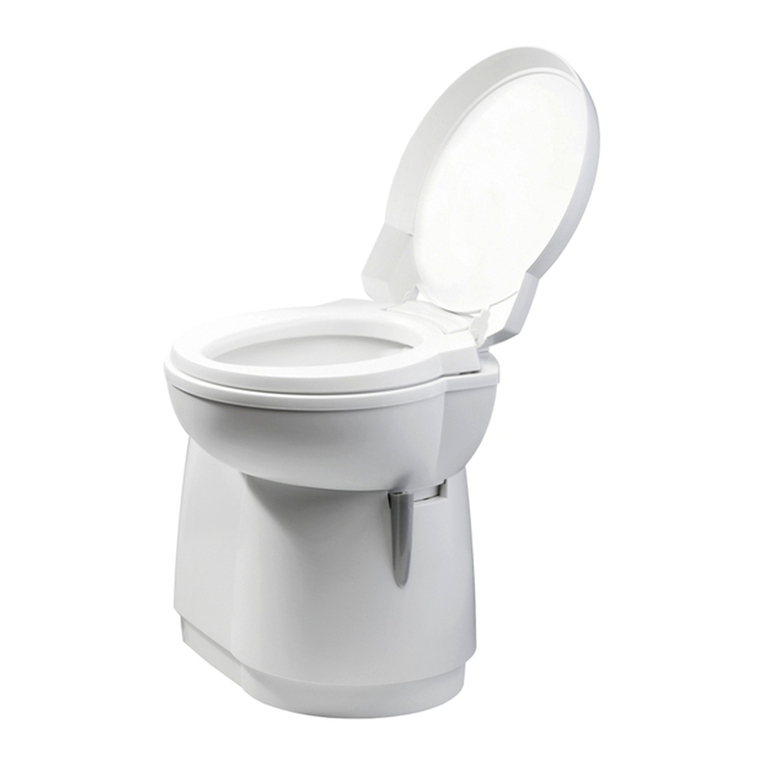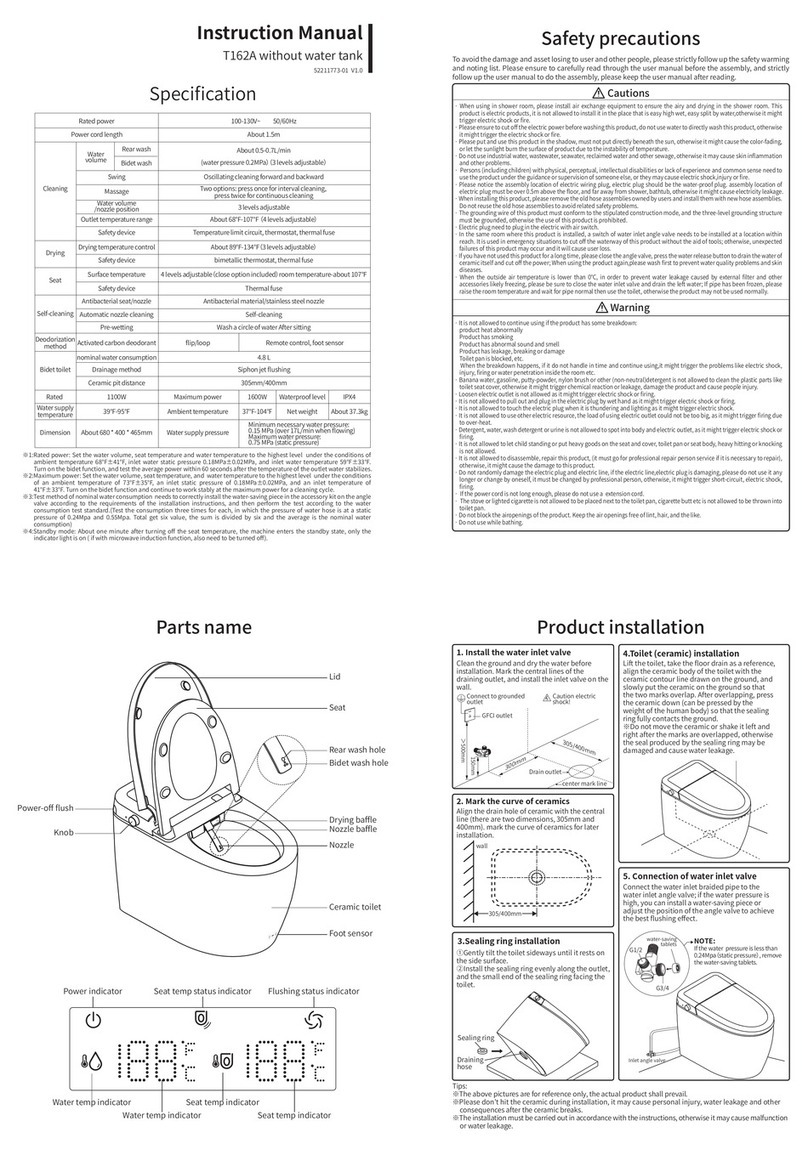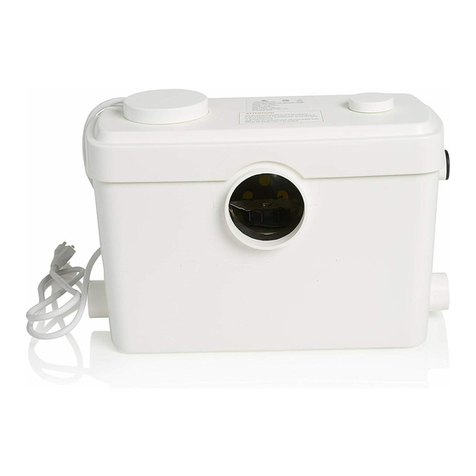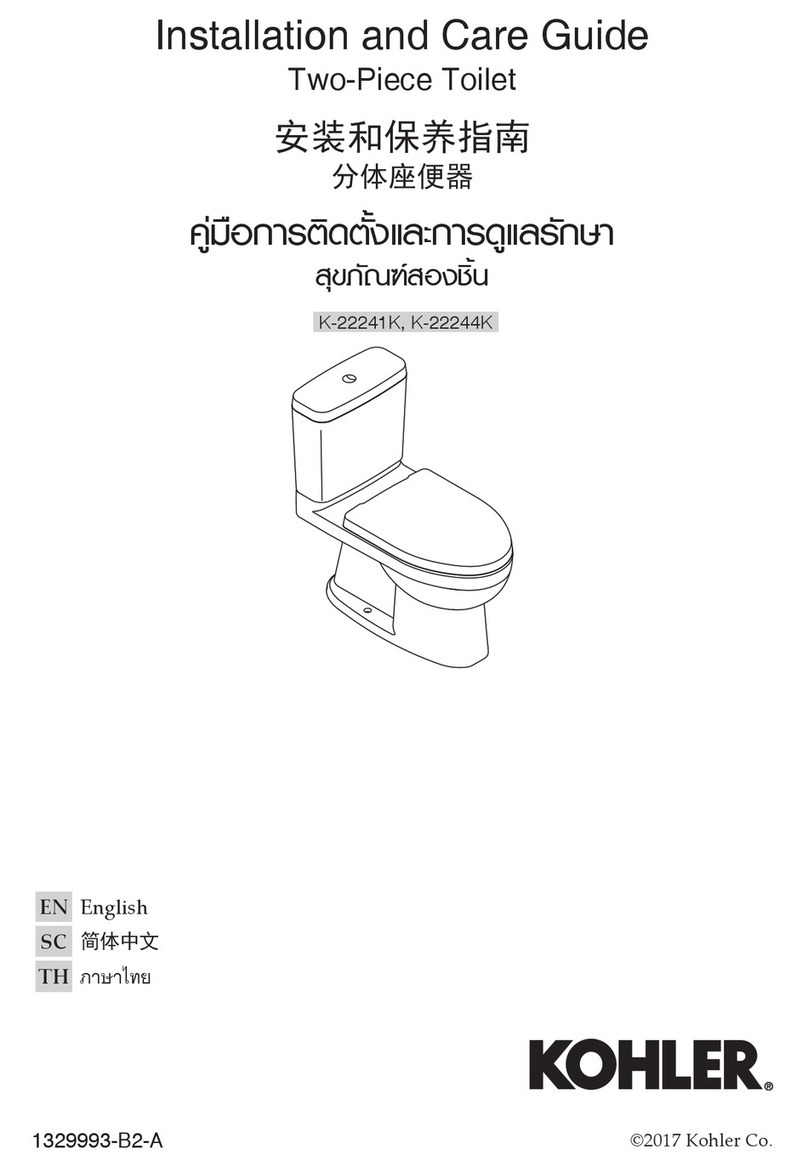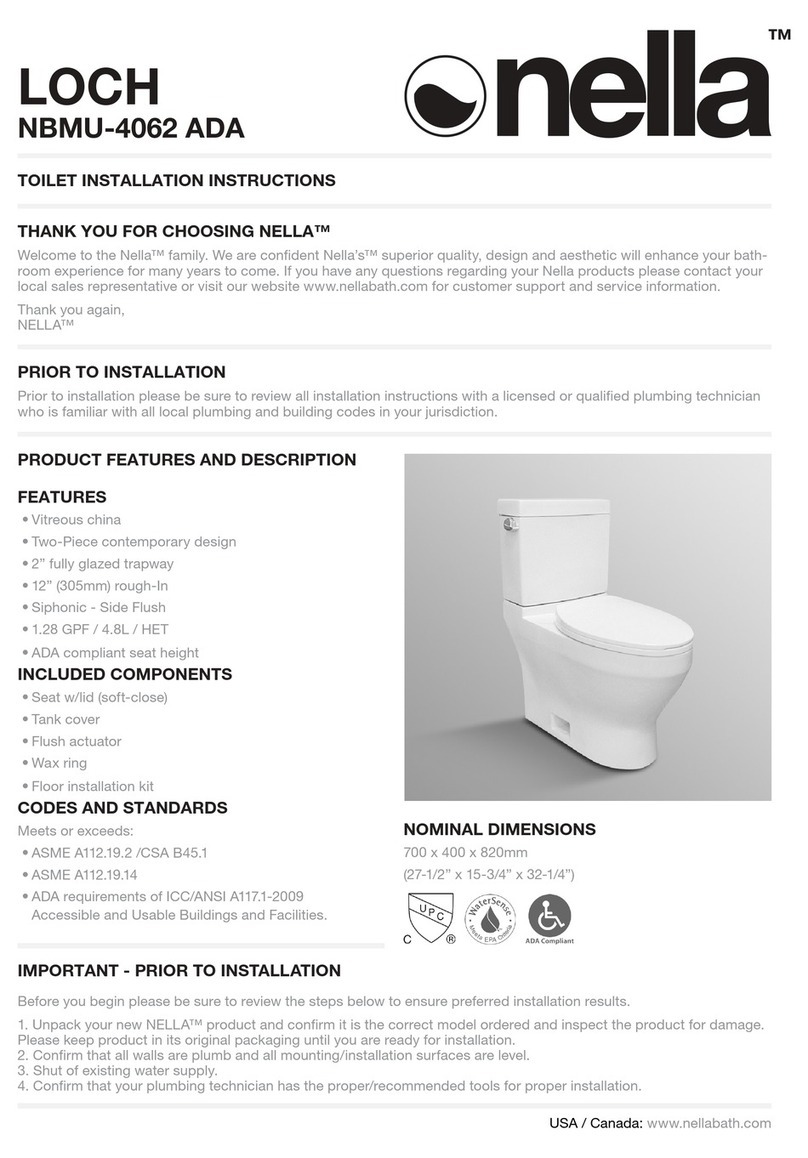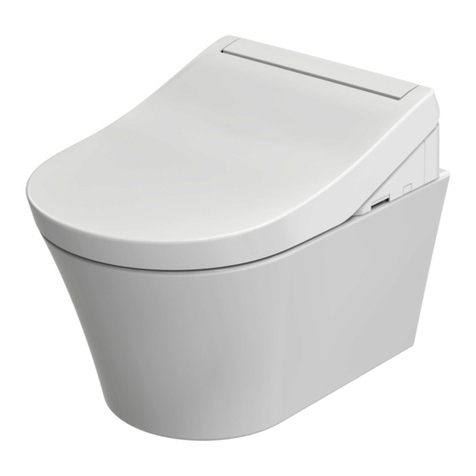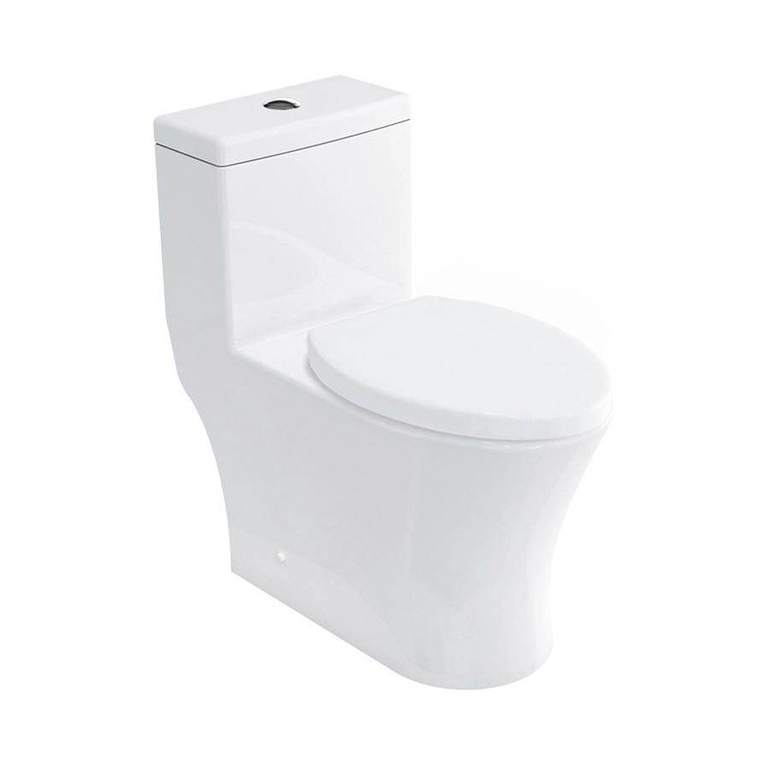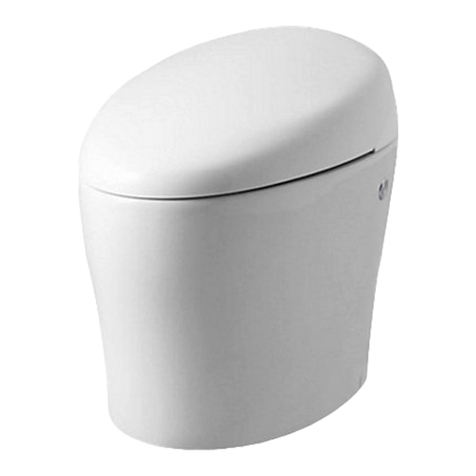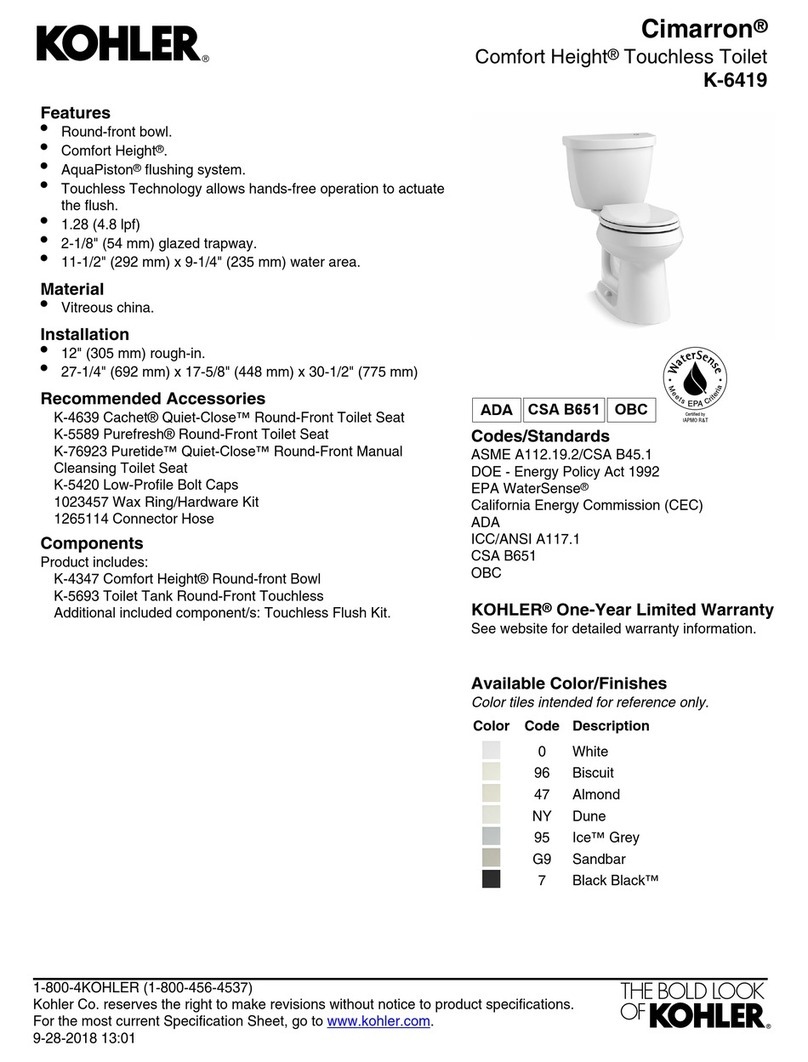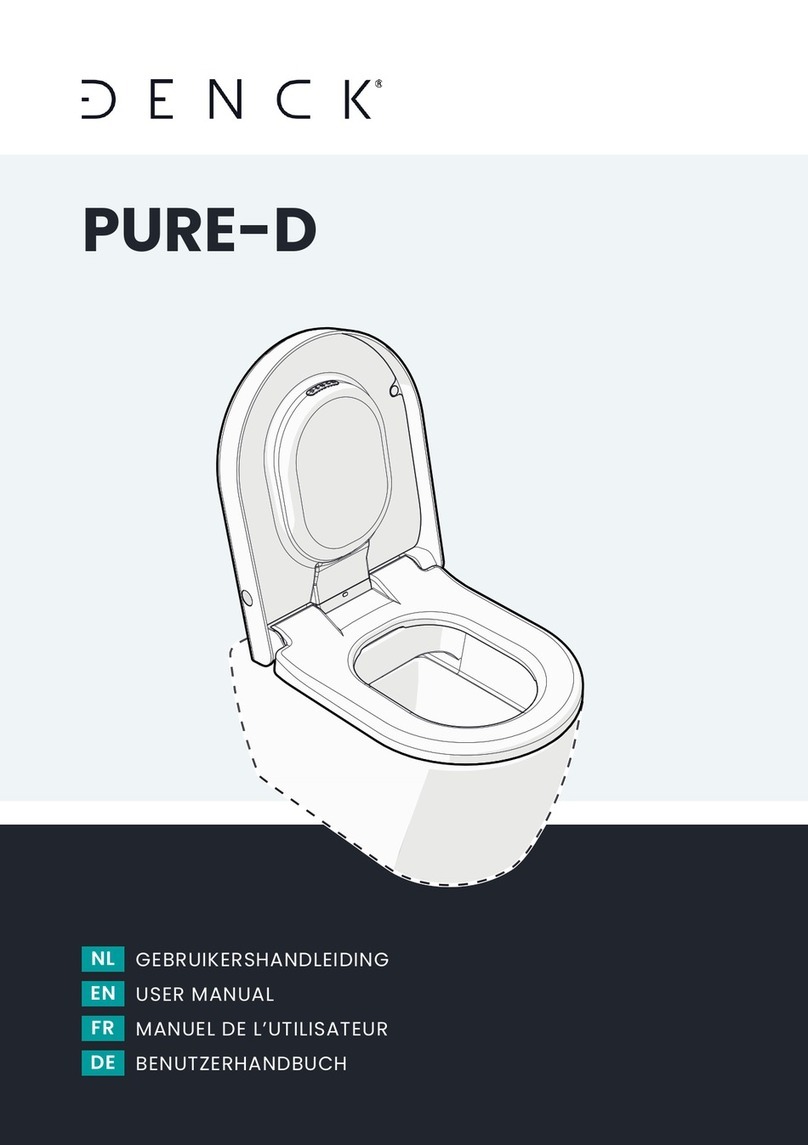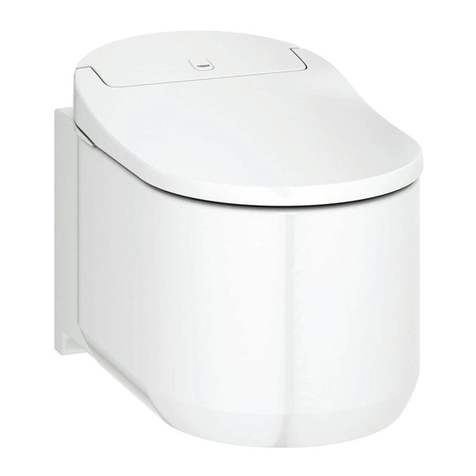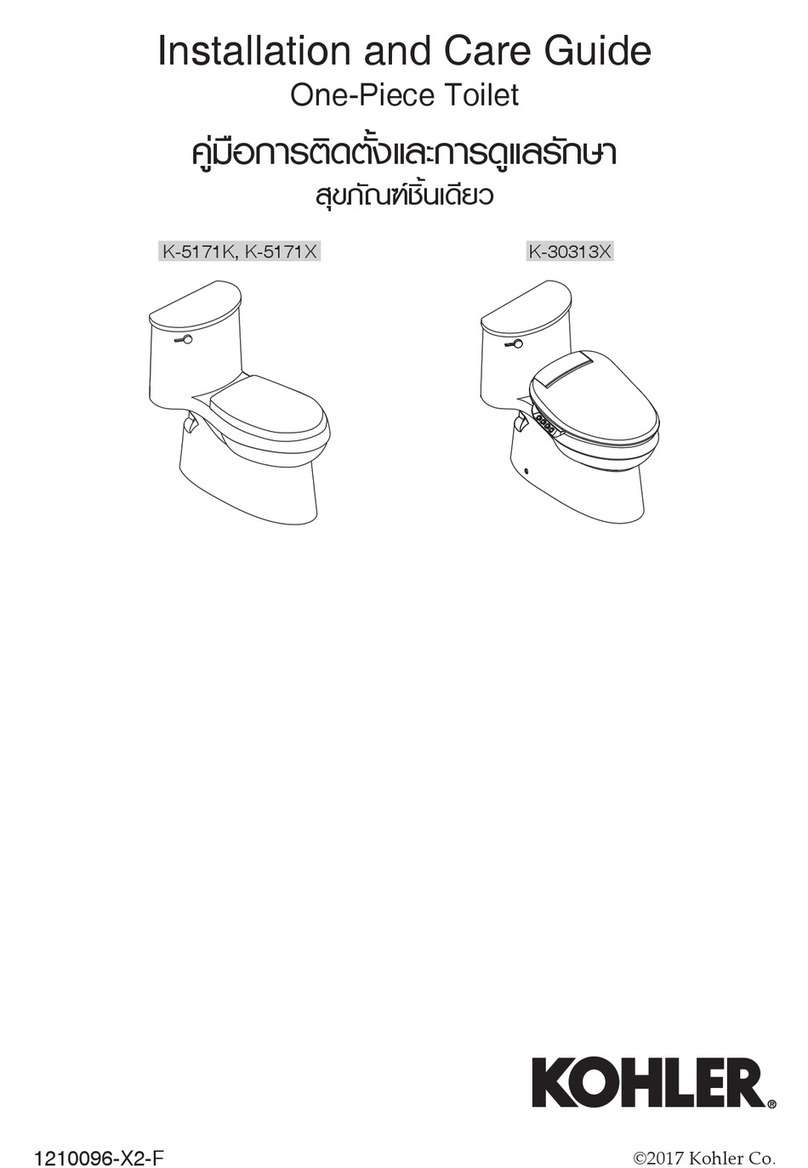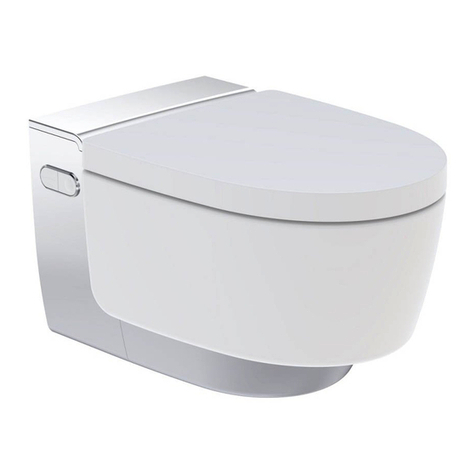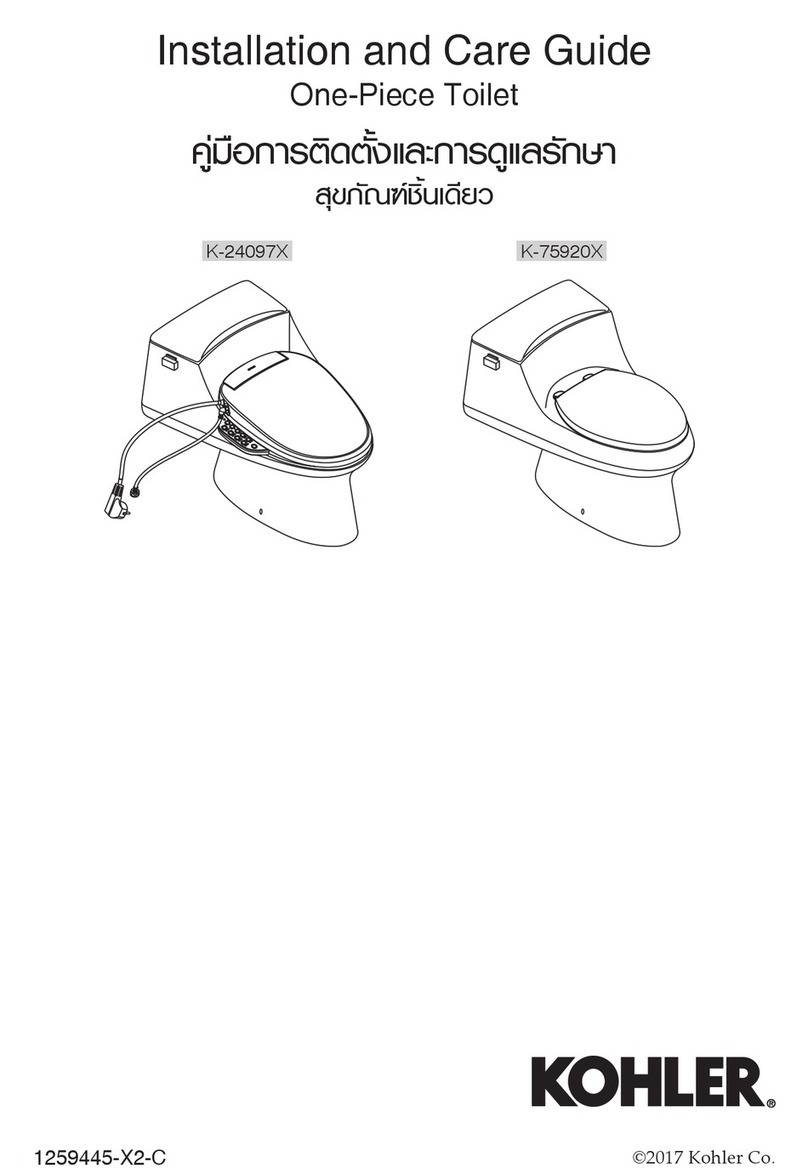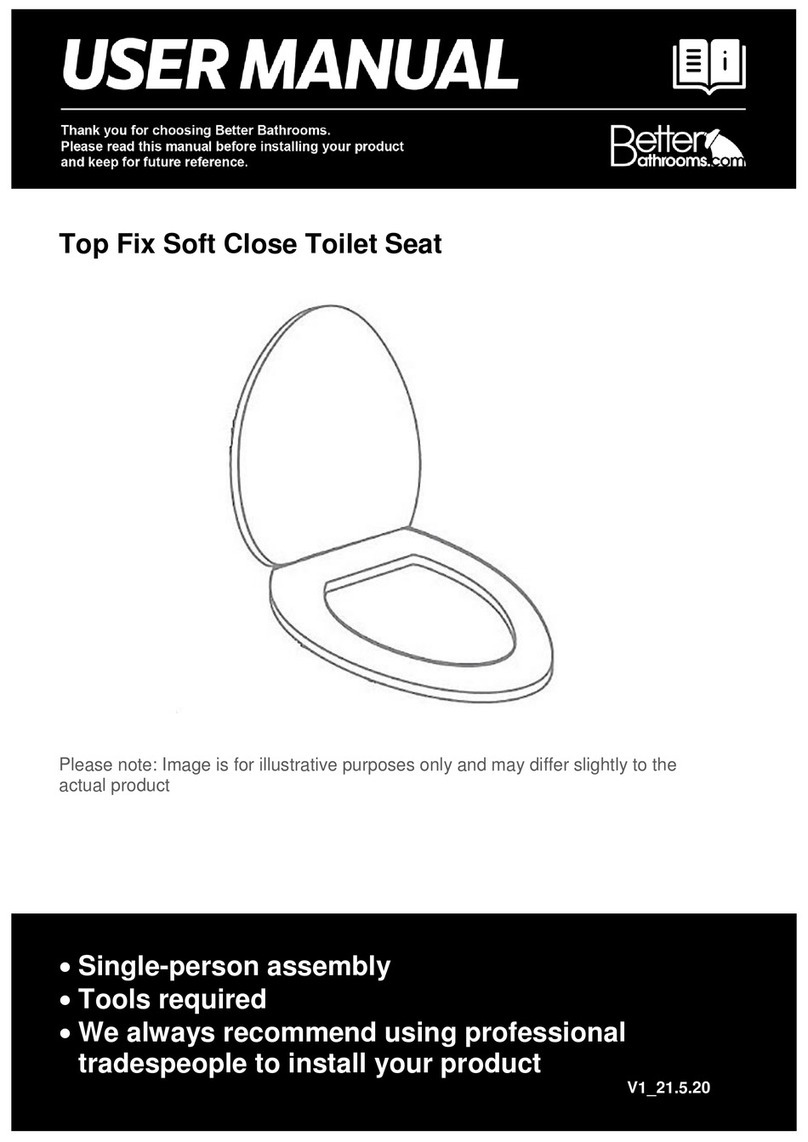
CONGRATULATIONS AND THANK YOU FOR PURCHASING A ROTA-LOO 2000
The Maxi RL2000 has been designed as a public use toilet facility with capacity for high use 2 toilet pedestals
(Male and Female). It requires no water, minimal maintenance and leaves no unsanitary waste or ground
seepage so is particularly suited to environmentally sensitive and ‘out-of-the-way locations.
The rst portable composting toilet came into Australia from Sweden in the late 1970’s. From this idea the
Rota-Loo was born, and has been developed and improved over the years to become one of the best
Waterless Composting Toilet (WCT) systems in the world and have been successfully installed and operated
in thousands of places throughout Australia, New Zealand and further aeld.
Today, Waterless Composting Toilets are becoming more widely accepted and other products have
appeared on the market. With Rota-Loos installed decades ago still operating well and owners
recommending them to others, the Rota-Loo remains the simplest, most efcient and cost effective WCT
available.
We hope the Rota-Loo fullls your expectations and that it may even ignite a hidden passion to live a
sustainable lifestyle and pass on the message. If you have difculty in installing or maintaining your
Rota-Loo, please get in touch with your supplier or through our website at www.rotaloo.com.au.
Do not store your RL2000 in the open. Please store under cover.
OceanaMark
OPMK30059
AS/NZS 1546.2
PFG Group Victoria Pty Ltd
is a Quality Assured
company certied
as compliant to
ISO9001:2015
AS/NZS 1546.2:2008 is the Standard that sets out the
requirements for the design and performance of Waterless
Composting Toilets to assure of safe, effective and efcient
operation. Authorities regulating the installation of Waterless
Composting Toilets (local Councils etc) require Certication to the
Standard to approve the installation of a system like Rota-Loo
CONTENTS
Introduction..............................................................................................................................................................page2
The Composting Process....................................................................................................................................page 2
How Rota-Loo Works..........................................................................................................................................page 3
A Quick Guide........................................................................................................................................................page 4
Preparation & Building Design - Space Required.....................................................................................page 4
Preparation & Building Design.........................................................................................................................page 5
Preparation & Building Design - Structural Issues, Vent System, Excess Liquid.............................page 6
Installation - Prepare Base, Install Chamber, Position Waste Chute(s) ........................................page 7
Installation - Fixing Vent Pipes .....................................................................................................................page 8
Installation - Fix Connectors, Inlet Pipe, Outlet Pipe ...........................................................................page 9
Installation - Install Fan, Install Vent Pipes ............................................................................................page 10
Installation - Excess Liquid, Excess Liquid Tank .................................................................................page 11
Operations Overview ......................................................................................................................................page 12
Operation - Start-up, Liquid & Moisture ...................................................................................................page 12
Operation - Bin Rotation, Signage, Emptying, What to put in.............................................................page 13
Operation - What NOT to put in, Cleaning Pedestal, Keeping Record.............................................page 14
Trouble Shooting...............................................................................................................................................page 15
Risk Assessment - Inspection, Storage, Access, Quality....................................................................page 17
Risk - Transfer of Ownership, No Bulking Material, Carousel Not Turned, Too Hot..................page 18
Risk - Too Cold, Too Humid, Is Removed Early, Poor Drainage, Flooding.....................................page 19
Risk - Decommissioning.................................................................................................................................page 20
Warranty..............................................................................................................................................................page 21
Appendix - Checklist, Kit Parts List, Tools List.......................................................................................Page 22

